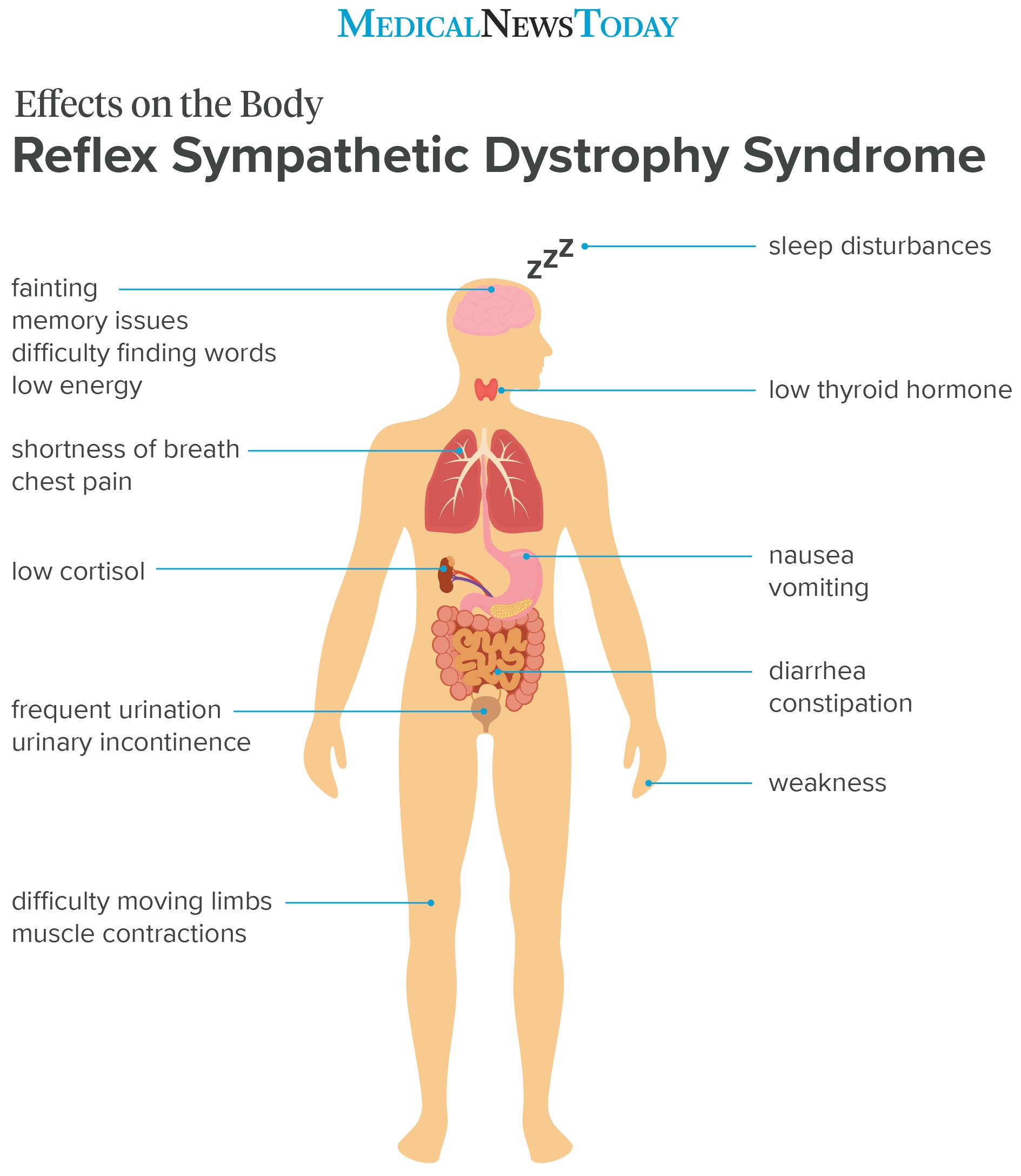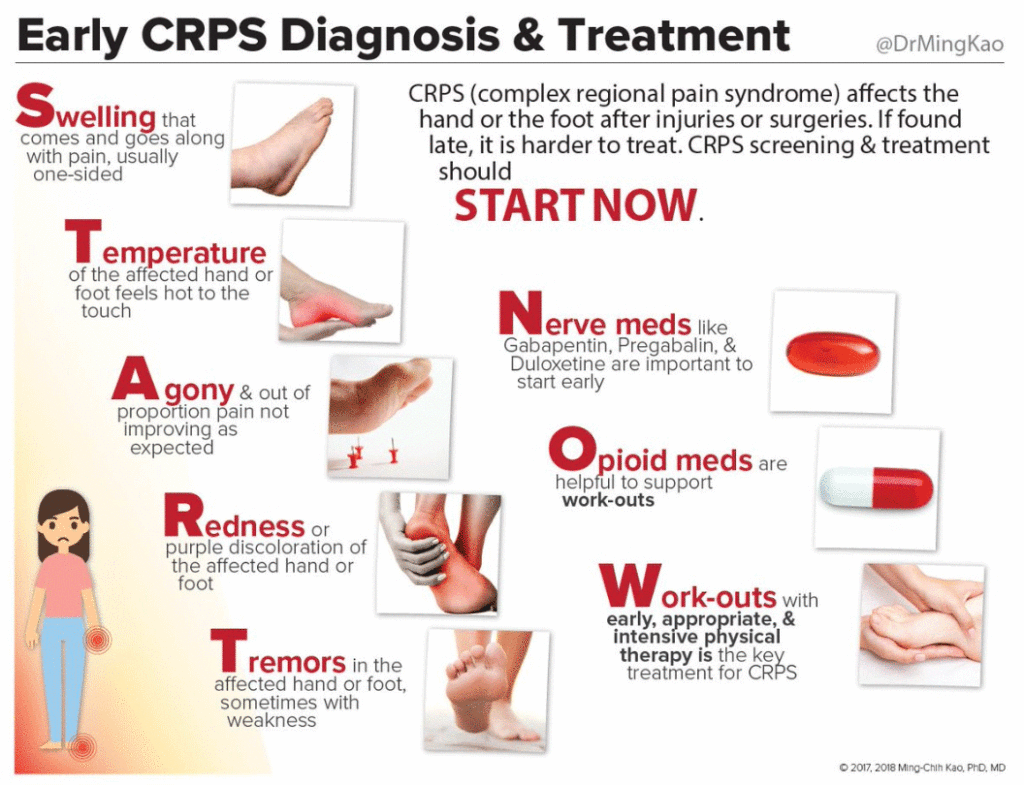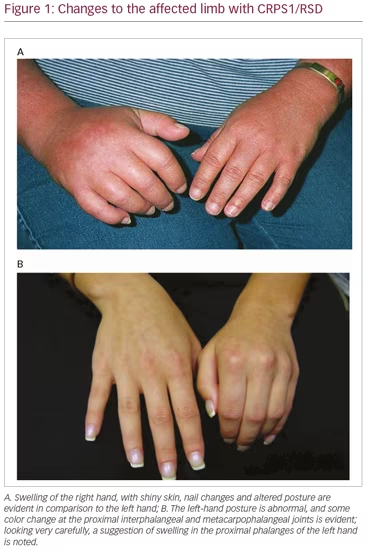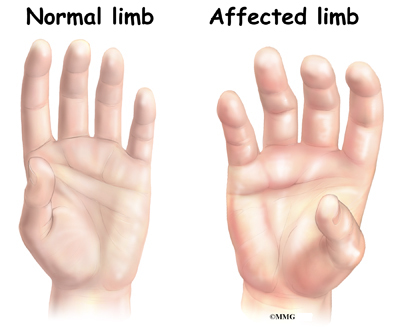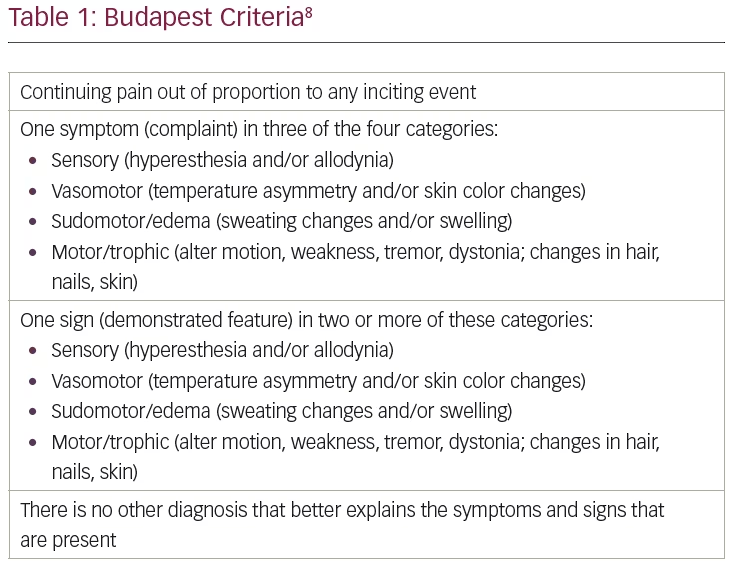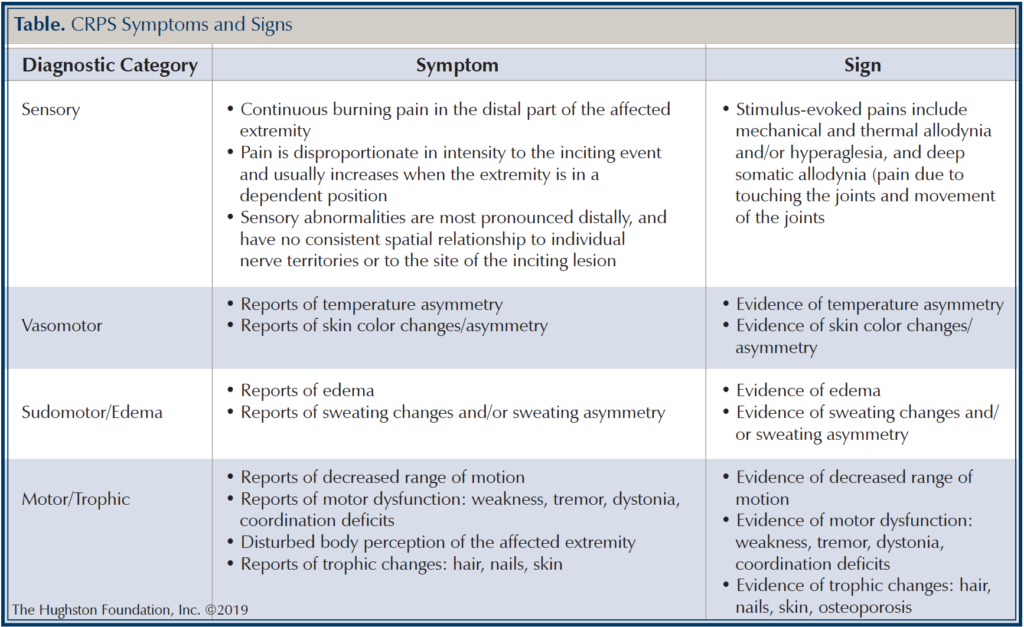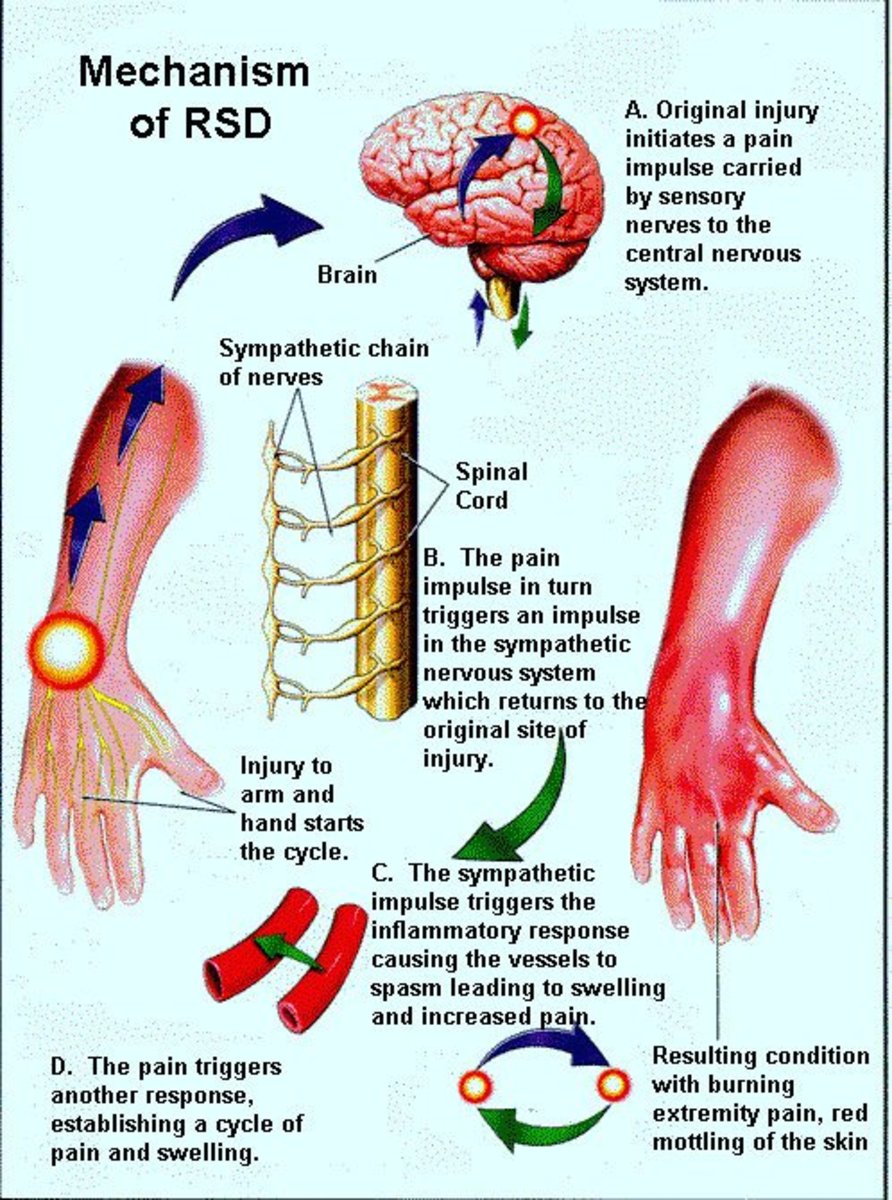Awesome Info About How To Diagnose Rsd
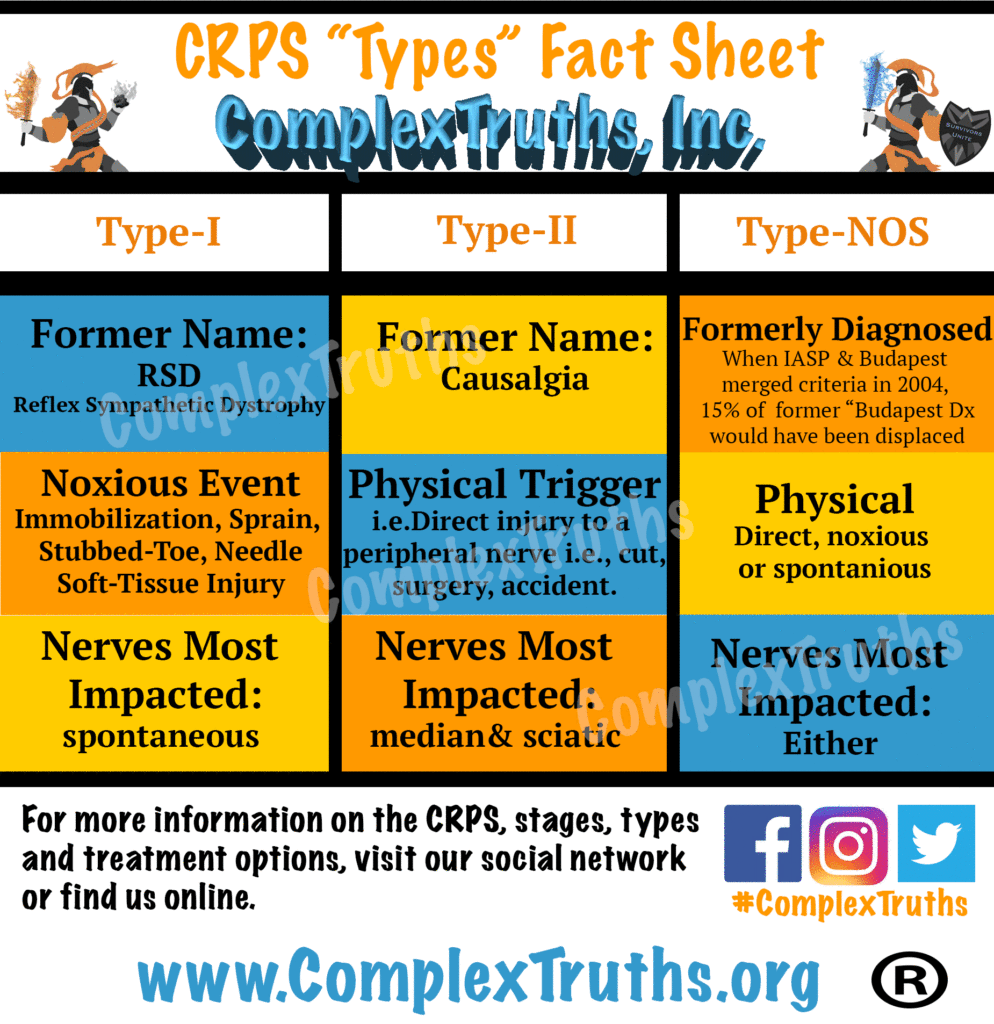
Rsd, or crps 1, is a nerve disorder that primarily causes pain in the limbs and other extremities.
How to diagnose rsd. Blood tests are not abnormal because of rsd, though the associated triggering events mentioned. The most essential and definitive symptom of reflex sympathetic dystrophy is prolonged and acute pain, which can become constant, preventing the affected person from living a normal. Rsd is diagnosed based on the clinical features described previously.
Rsd is diagnosed by the drastic increase of pain after an injury or surgery when the body should have healed and stopped hurting. Changes in skin color, texture and. Rsd/adhd is usually diagnosed based on a person’s symptoms and history of problems in school or work.
Some tests can measure the amount of. Physicians must rule out any other condition that. Other symptoms of crps 1 include changes in sweating and hair and nail.
This is the most common cause, particularly wrist fractures. Physicians diagnose it based on patient history, clinical examination, and laboratory results. Rsd is diagnosed by the drastic increase of pain after an injury or surgery when the body should have healed and stopped hurting.
Sweating around the affected area. Complex regional pain syndrome (crps), formerly known as reflex sympathetic dystrophy syndrome (rsds), is a condition that causes pain; The first indication of rsd is pain that is more severe than would be expected from the injury that caused it.
Typical symptoms of rsd (that may also occur in some of the above conditions) include: The most common actions or activities that lead to crps are: The word “dysphoria” comes from an ancient greek word that describes a strong — if.
